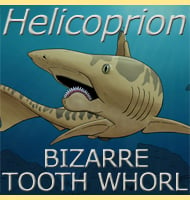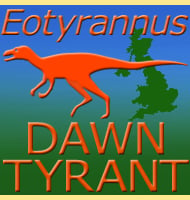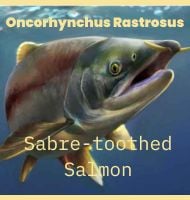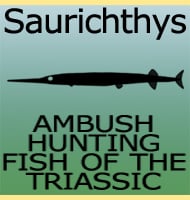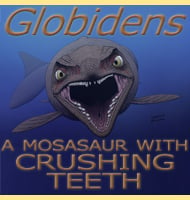In Depth
Unfortunately not only are pterosaur fossils rare in Australia they are usually very fragmentary; such is the case for Aussiedraco. The type specimen had been known for over thirty years before it was granted the name Aussiedraco and represents the front piece of the lower jaw. The jaw itself was thin like you would expect in a pterosaur, something that would decrease water resistance as the jaw was swept through the water. In cross section the jaw has a triangular shape that would have strengthened it against forces pushing down on the upper surface, such as the pressure of the water resistance as the lower jaw entered and moved through the water. Both of these are important features as pterosaurs like Aussiedraco are thought to have caught prey while still flying.
The lower jaw had a minimum of five pairs of teeth with the teeth nearer the front angled to point forwards away from the mouth rather than up into the maxilla of the upper jaw. This characteristic is commonly seen in the ornitocheirid group of pterosaurs which were piscivorous fish eaters, and serves to increase the chance of prey capture as Aussiedraco skimmed its beak through the water.
Further Reading
– Short note on a pteranodontoid pterosaur (Pterodactyloidea) from western Queensland, Australia. – Anais da Academia Brasileira de Ci�ncias. 83 (1): 301–308. – Alexander W.A Kellner, Taissa Rodrigues & Fabiana R. Costa – 2011.

